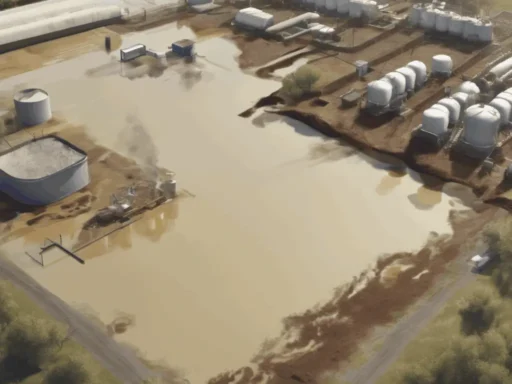Sodium cyanide (NaCN) is an extremely potent and toxic chemical that is widely used in industries such as mining, where it facilitates the extraction of gold and silver from ores. It is also used in chemical synthesis and electroplating. Given its high toxicity, handling sodium cyanide safely is not just a regulatory requirement but a critical necessity to prevent serious accidents and fatalities. This blog post explores the essential safety protocols for managing sodium cyanide in industrial settings, emphasizing proper training, personal protective equipment (PPE), and effective emergency response strategies.
Understanding Sodium Cyanide
Before delving into safety protocols, it’s crucial to understand what makes sodium cyanide so dangerous. Sodium cyanide can release hydrogen cyanide gas, a highly toxic chemical asphyxiant that interferes with the body’s ability to use oxygen. Exposure can be fatal, with death occurring within minutes to hours of exposure depending on the concentration and duration.
Comprehensive Training
- Educational Programs: The cornerstone of safe chemical handling is comprehensive training. Workers should be educated about the properties of sodium cyanide, the risks associated with its use, and the safety measures that need to be in place. Training programs should be detailed and conducted at regular intervals to reinforce safety protocols.
- Simulated Drills: Conducting regular drills that simulate a sodium cyanide spill or exposure can prepare workers for an actual emergency. These drills should teach employees how to act swiftly and safely, using the emergency procedures in place.
- Certification: Workers handling sodium cyanide should be certified through an accredited program that verifies their understanding and ability to handle the chemical safely.
Personal Protective Equipment (PPE)
The use of appropriate PPE is vital in minimizing the risks associated with sodium cyanide exposure. Here are some essential items:
- Respiratory Protection: A full-face respirator with a canister specifically approved for cyanide or a self-contained breathing apparatus (SCBA) should be used in areas where sodium cyanide dust or hydrogen cyanide gas might be present.
- Protective Clothing: Chemical-resistant clothing that covers the entire body, including a chemical-resistant suit, gloves, and boots, is crucial. This equipment should be made of materials that can prevent sodium cyanide penetration.
- Eye Protection: Chemical splash goggles should be worn to protect against liquid splashes, dust, and vapors. In scenarios where severe exposure is possible, a face shield may also be necessary.
Safe Storage and Handling
- Proper Labeling and Storage: Sodium cyanide should be stored in clearly labeled, unbreakable containers under secure conditions away from acids, strong oxidizers, and food or feed. Adequate ventilation must be maintained in storage areas to prevent the accumulation of toxic gases.
- Handling Procedures: Only trained and equipped personnel should handle sodium cyanide. It should be handled in well-ventilated areas, and spill containment measures should be in place to manage accidental releases promptly.
Emergency Response Strategies
- Immediate Response Plan: An effective emergency response plan is essential. This plan should include immediate isolation of the area, evacuation routes, and procedures for dealing with sodium cyanide exposure or spills.
- First Aid and Medical Attention: Quick and efficient first aid measures can be lifesaving in the event of sodium cyanide exposure. It’s crucial to have specific antidotes—such as amyl nitrite and sodium thiosulfate—readily available on-site. Training on how to administer these antidotes properly is equally important.
- Communication: Clear and effective communication channels must be established to alert all personnel in the event of an emergency. Regular updates should be provided during an ongoing incident to manage the situation effectively.
Conclusion
Handling sodium cyanide safely in industrial settings requires meticulous planning, rigorous training, and stringent adherence to safety protocols. By investing in proper training, ensuring the availability and use of appropriate PPE, and developing a robust emergency response strategy, industries can mitigate the risks associated with sodium cyanide and protect their workers from its potentially lethal effects. Remember, safety in the workplace starts with awareness and education, and it is sustained by diligence and a commitment to best practices.





